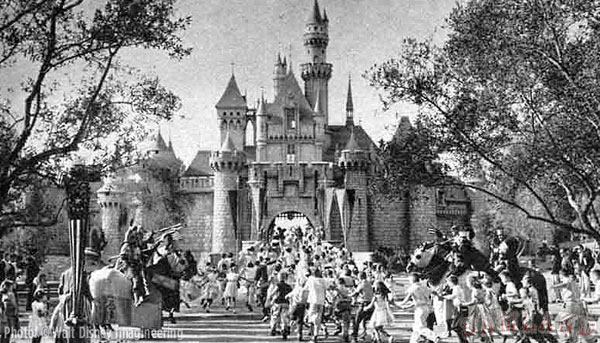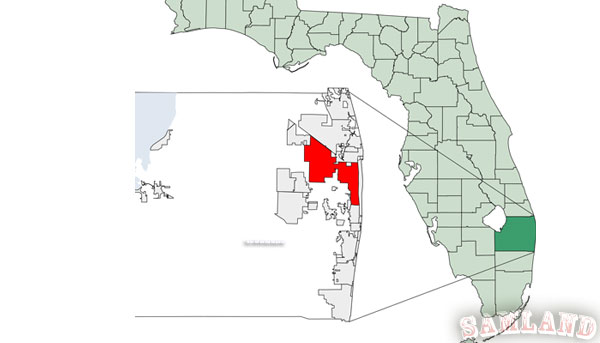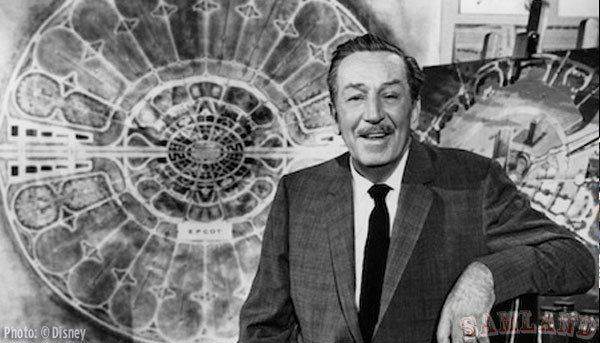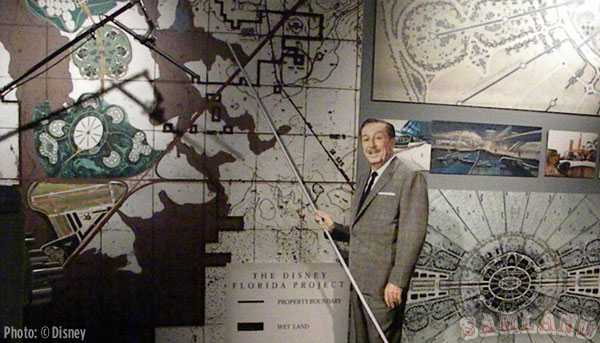Walt Disney first achieved fame as an animator. He would go on to great success producing live action films, documentaries, and television programs. For urban planners, his greatest achievement would be Disneyland. Speaking before the 1963 Urban Design Conference at Harvard University, James W. Rouse summed it up best in his keynote speech when he said, “I hold a view that may be somewhat shocking to an audience as sophisticated as this: that the greatest piece of urban design in the United States today is Disneyland. If you think about Disneyland and think of its performance in relationship to its purpose, its meaning to people—more than that, its meaning to the process of development—you will find it the outstanding piece of urban design in the United States.”

James Rouse was no amateur observer. He had been one of the most influential and successful real estate developers of the previous fifty years. Rouse created shopping centers from industrial sites that celebrated a very strong narrative theme. Not only did he advance the concept of the “festival marketplace” such as Faneuil Hall in Boston, Harborplace in Baltimore, and the South Street Seaport in New York City; but he also had built the model communities of Columbia, Maryland, and Reston, Virginia. Rouse went on to describe why he could make such a bold statement. He said, “[Walt] took an area of activity—the amusement park—and lifted it to a standard so high in its performance, in its respect for people, in its functioning for people, that it really does become a brand new thing. It fulfills all its functions it set out to accomplish, un-self-consciously, usefully, and profitably to its owners and developers.” He told the audience that “I find more to learn in the standards that have been set and in the goals that have been achieved in the development of Disneyland than in any other piece of physical development in the country.”
So what would have happened if Walt Disney could have built a city of his own? He tried. He first seriously considered the idea in 1959. Disney was frustrated with the random strip development around his park in Anaheim. He called it a “second-rate Las Vegas.” The eccentric billionaire John D. MacArthur offered him 12,000-acres in Palm Beach, Florida, to build a 400-acre East Coast Disneyland and the city that would surround it.

Once Disney got the offer, he began to study everything he could about urban planning. His insatiable curiosity lead him to Ebenezer Howard’s writings and Stockholm, Sweden with its satellite towns. What he came up with was something that was heavily influenced by the work done by Victor Gruen for the proposed 1964 World’s Fair in Washington, D.C. The fair may have gone to New York and Disney played an important part in the success of that exhibition. But it was the post-fair plans for a radial city for 100,000 using the existing infrastructure that stuck with Disney.
Disney’s brother Roy went to Florida to close the deal with MacArthur but the negotiations broke down and MacArthur walked away. However, Disney was now hooked on the potential of Florida and started to look elsewhere within the state. He hired Harrison “Buzz” Price to find the perfect property. Price was a numbers guy who founded Economic Research Associates (ERA). He was responsible for finding the location for Disneyland and would go on to work with Disney on more than 150 projects as a consultant. After a great deal of research, Disney would plant his flag in central Florida after secretly purchasing 27,433-acres near the small town of Orlando.

Walt Disney called the project EPCOT, the Experimental Prototype Community Of Tomorrow. He believed technology, respectful urban design based on timeless principles, and innovation could solve the problems of our cities.
EPCOT would provide corporations an opportunity to test their products in real-world conditions and to display the benefits to the public in a setting blessed with the Walt Disney halo. In an internal report, “American industry will make it come to life. It will be a ‘think project,’ not a think factory. Not only think – here these things will actually work.”
Why? After all, his entire career was based on exploiting technologies before his peers could see their promises. His success as an early adopter of synchronized sound; color, the multi-plane camera (adding depth to animated films), and other technologies put him years ahead of his competitors. It‘s no wonder building a city that would become as Walt Disney said himself “a showcase to the world of American free enterprises” sounded so appealing to him.

Once on property, guests would leave behind the messy vitality of the everyday world and enter a world where the visual contradictions have been eliminated. This architecture of reassurance was the hallmark of Disney design developed at Disneyland. As a result, people could relax and be open to whatever is before them. In a 1958 article in The New York Times, they said that Disney created, “The same suspension of disbelief which has been the secret of theatrical success down the corridors of time.” They added, “In the theatre the vital ingredient is not realism, but a blending of the real with the imaginary. The entertainer invites the audience to meet him half way. This is what has been successfully achieved at Disneyland.”
Join us next week for part 2 of this true life adventure to Walt’s city of the future.
Follow Sam’s page on Facebook:
(Please keep your comments family friendly and avoid attacking other commenters or our staff. Hostility and off topic comments will be removed.)


You must be logged in to post a comment.